Mount Qingyuan, located to the north of Quanzhou, is a well-known mountain. And, at 498m above sea level, the top is accessible via trekking. I visited because there is a giant statue of Lao Tze that some believe was made during the Song Dynasty and is on the UNESCO World Heritage List.
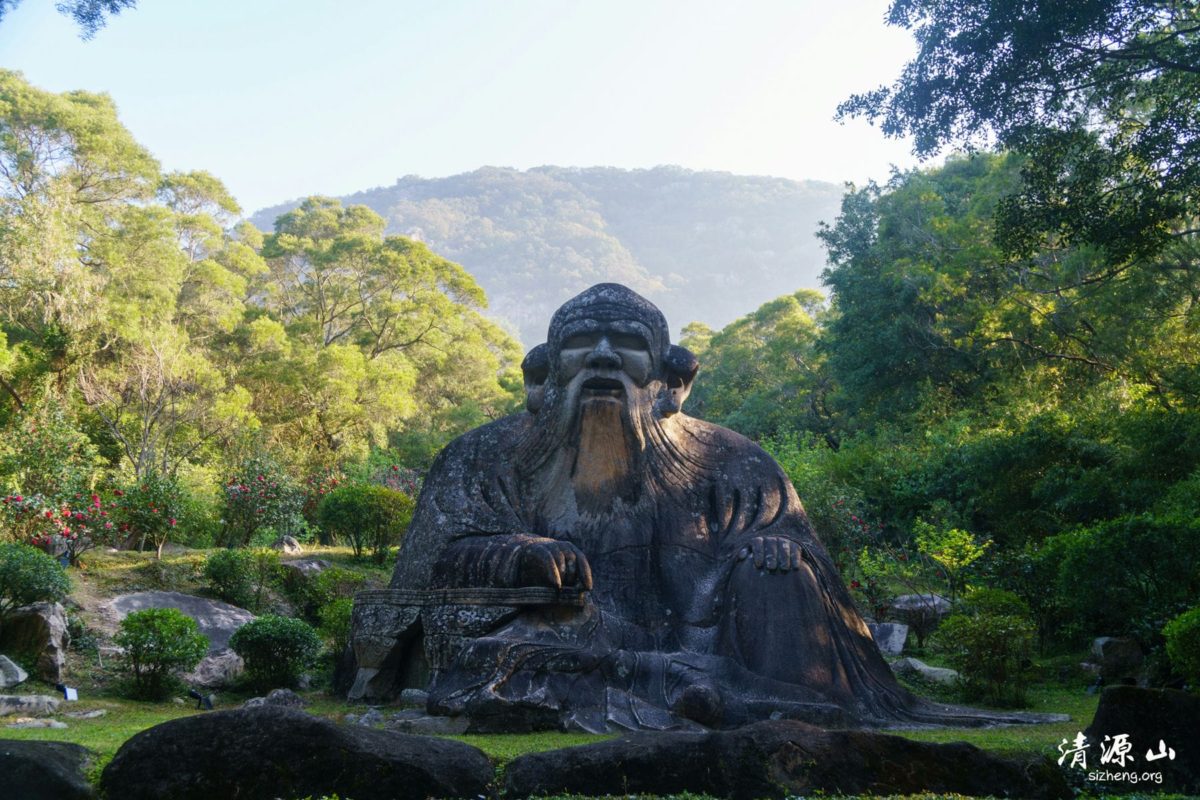
Preparing List:
- Essential equipment: backpack, hiking shoes or sneakers and at least 1 liter of water or functional drink.
- Optional equipment: knee pads, hat, sunglasses;
- Dress suggestion: outdoor wear or sports wear is best.
- Book the ticket: 70 RMB. I recommend buying your tickets via trip.com because they frequently have deals.
Navigating the Trails: GPS Tracking to Explore Mount Qingyuan
Interesting point of Mount Qingyuan
The Statue of Lao Tze
We start our tour early in the morning, with the first destination being the Statue of Lao Tze, which is not far from where we started. We’re entering the mountain as the staff is just getting start working, so there are less people around. Then you may take shots of the sculpture without having to dodge other visitors or feel rushed to get close to it.
Stone statues are made in heaven, and those who do good things are slightly carved.
“Quanzhou Prefecture Chronicle”
With 55 square meters of floor space, the statue of Lao Tze is 5.1 meters high, 7.2 meters thick, and 7.3 meters wide. He wears a hood, has right ear lobe on the shoulder, and rests his left hand on his knee. His index and little fingers lean forward slightly, seeming to bounce objects. Long ago, there was a Taoist temple here, and the buildings were destroyed over time, leaving just this stone status.
So who is Lao Tze? He is a legend person, and in certain Taoist groups, he is revered as an immortal recluse or a deity of heavenly bureaucracy.
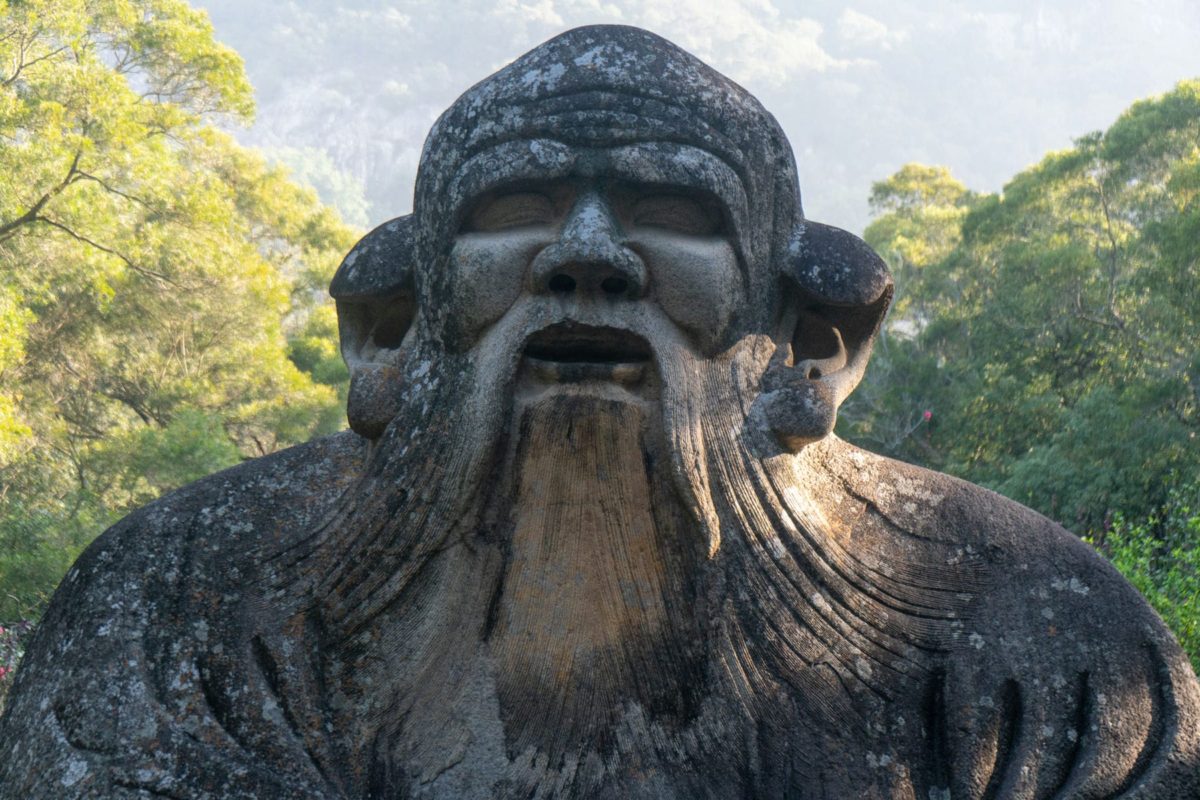
The Stupa of Master Hong Yi
Next we arrived to the stupa of Master Hong Yi over half an hour after leaving the statue of Lao Tze. The stupa was destroyed during the China Cultural Revolution, and this one is being rebuilt.
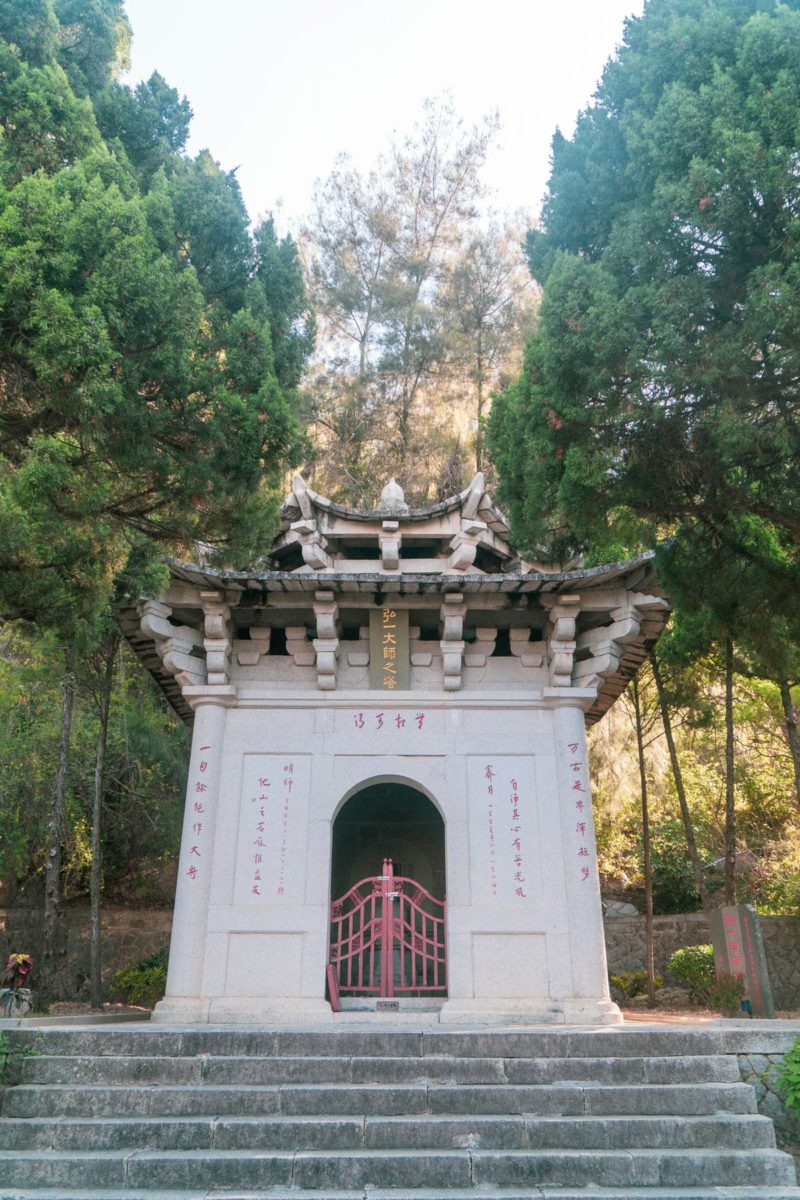
Master Hong Yi, also known as Li Shutong, was a master painter, pianist, playwright, calligraphy, seal cutter, and poet. We Chinese are all familiar with his song lyrics, “Song Bie“, which is based on the melody of the mid-19th century ballad “Dreaming of Home and Mother” by American composer John P. Ordway.
The Mituo Rock
Mount Qingyuan has left its impact on several historical and cultural objects, including as the stone carvings and Song Dynasty Buddhist sculpture atop Mituo Rock.







The Nantai Rock
We headed to Nantai Rock, which is not the highest summit of Mount Qingyuan. But we were all drained, so we down the mountain.
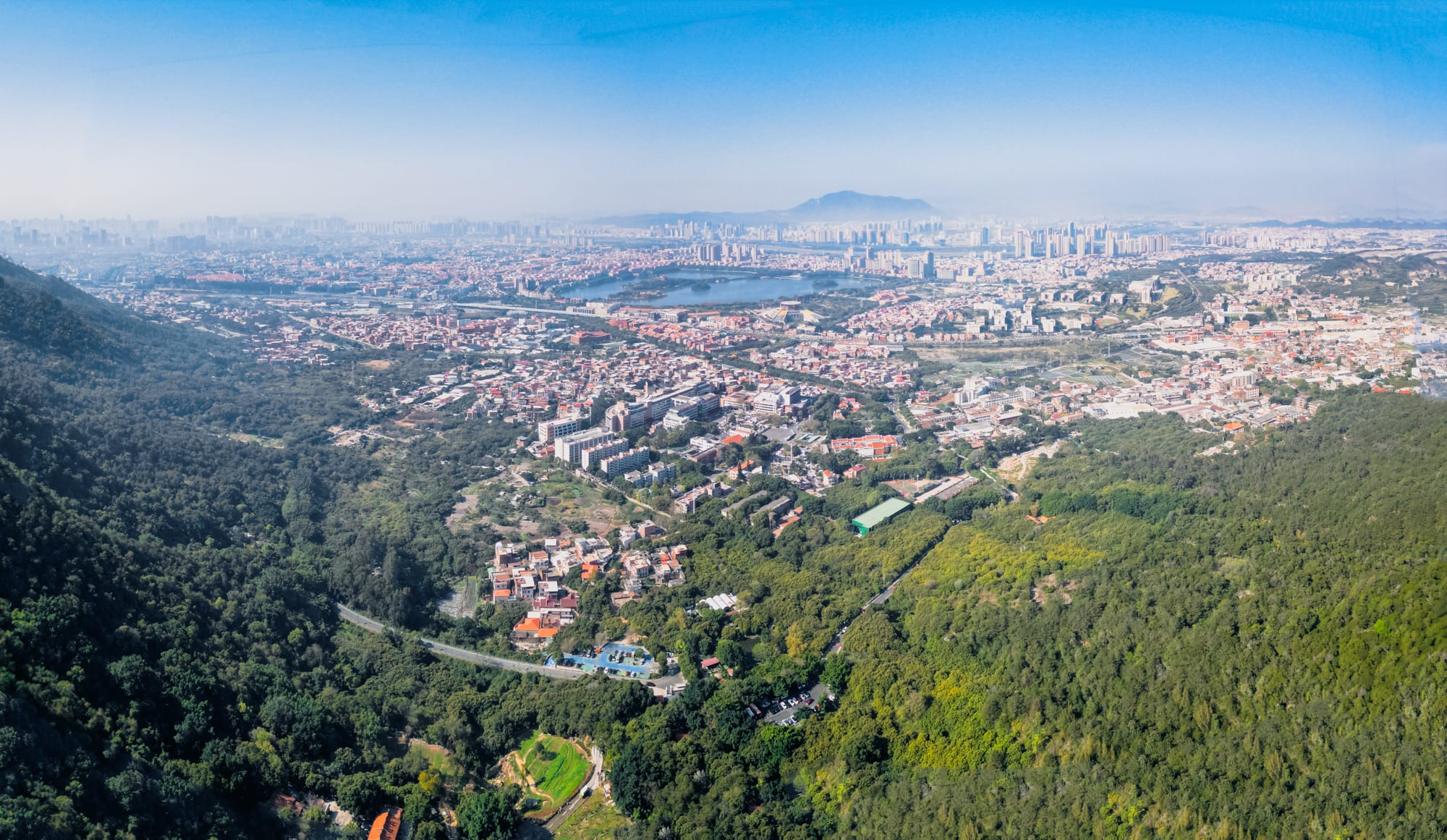
The Qingyuan Tian Hu Lake
The “Tian Hu” artificial lake is located on a nearby col. I’m not sure why an artificial lake was built here. The officer claimed it would improve the view, but I disagree.
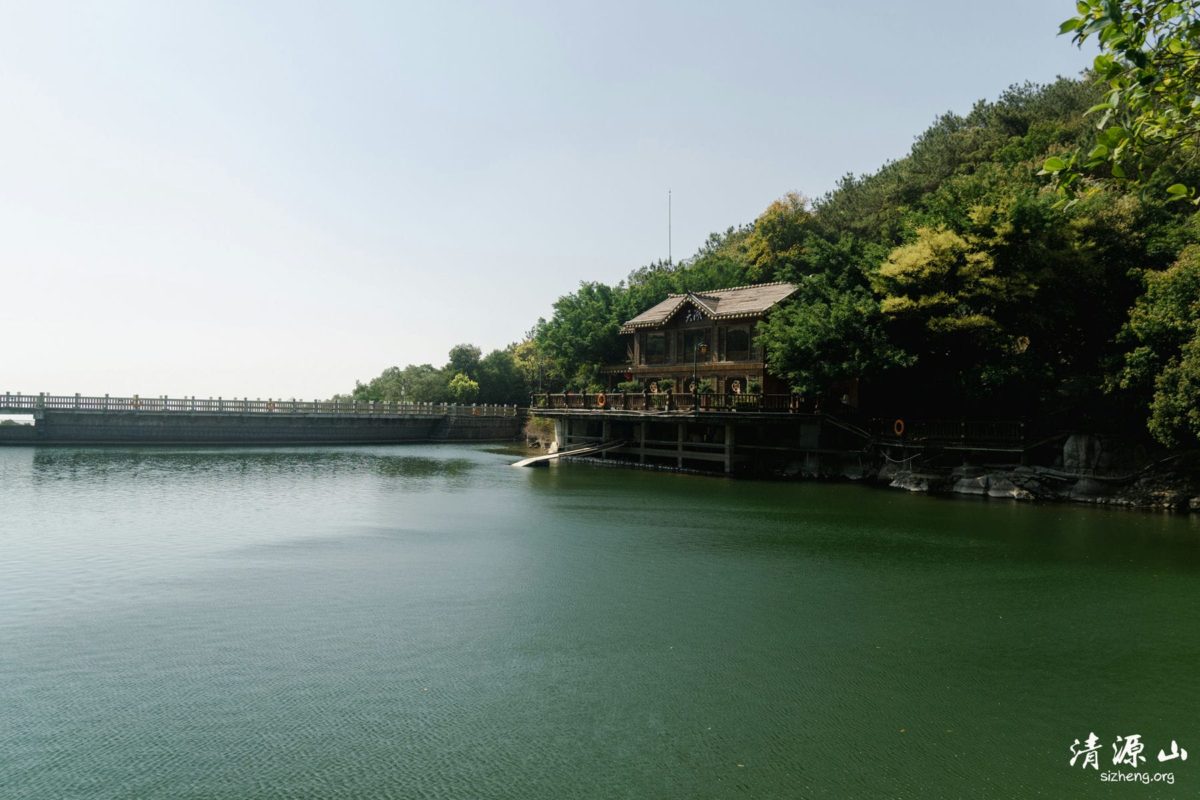
Mount Qingyuan has a number of historic trails, one of which starts close to the lake. Because there aren’t many people hiking here, you’re free to travel at your own leisure and really take in the scenery.




The Qianshou Rock
The Qianshou Rock is home to a Buddhist temple and some antique stone carvings. And it was on the final stretch that we completed the journey.



We eventually discovered a stone with the inscription “Qingyuan Shan” on it. Is this the original mount trailhead from ancient times?

Mount Qingyuan is undoubtedly a treasure mine of exploration for both adventurers and history buffs. The beauty and emotion embedded in this natural wonder are evident, leaving a lasting impression on those who journey to.


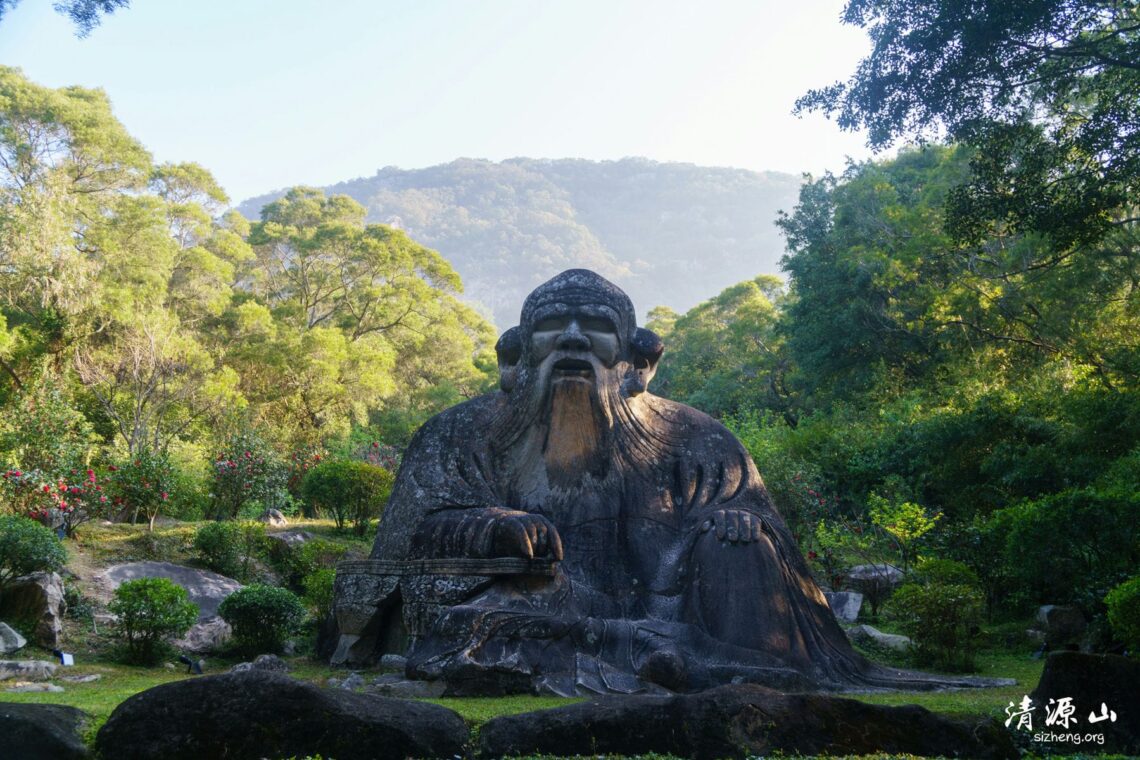



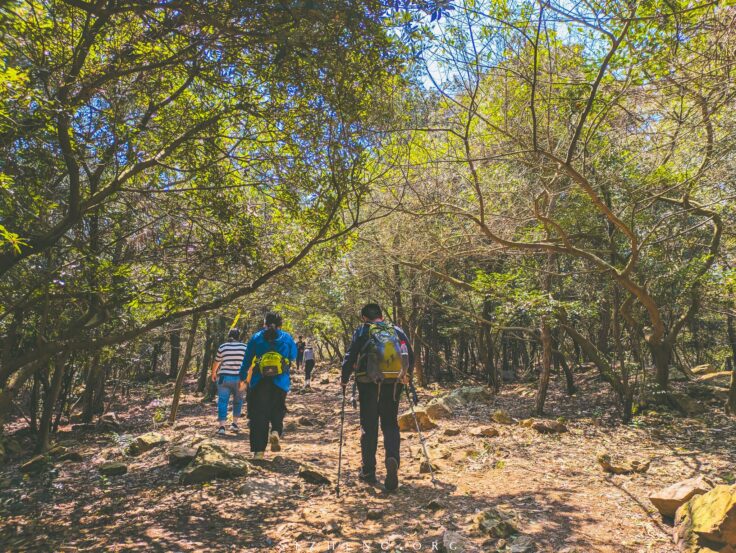
Leave a Reply